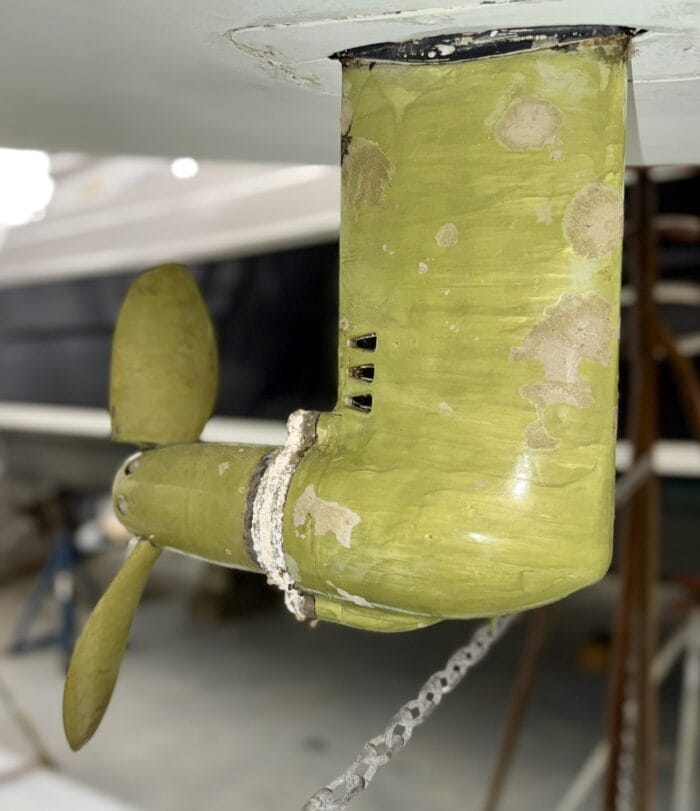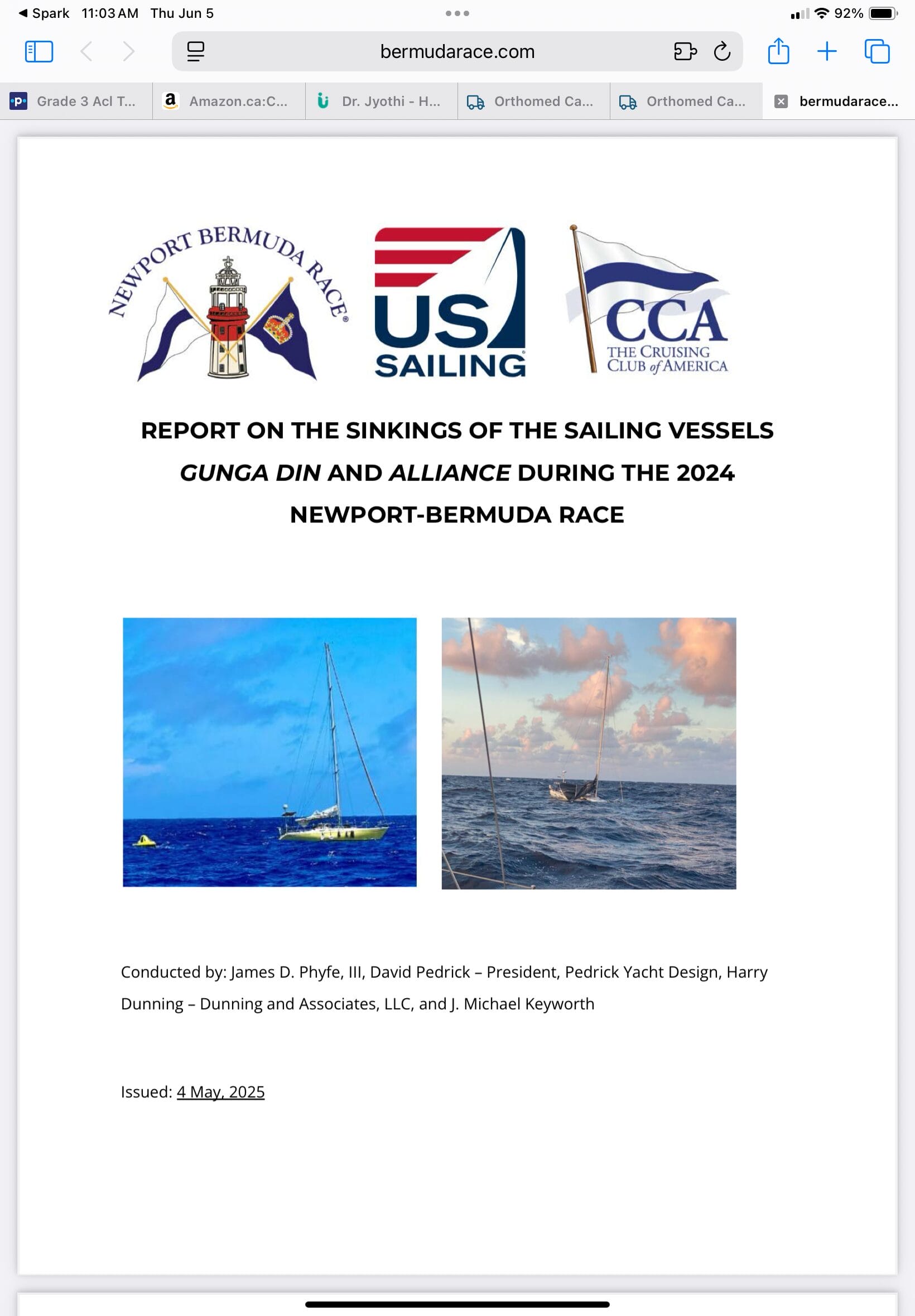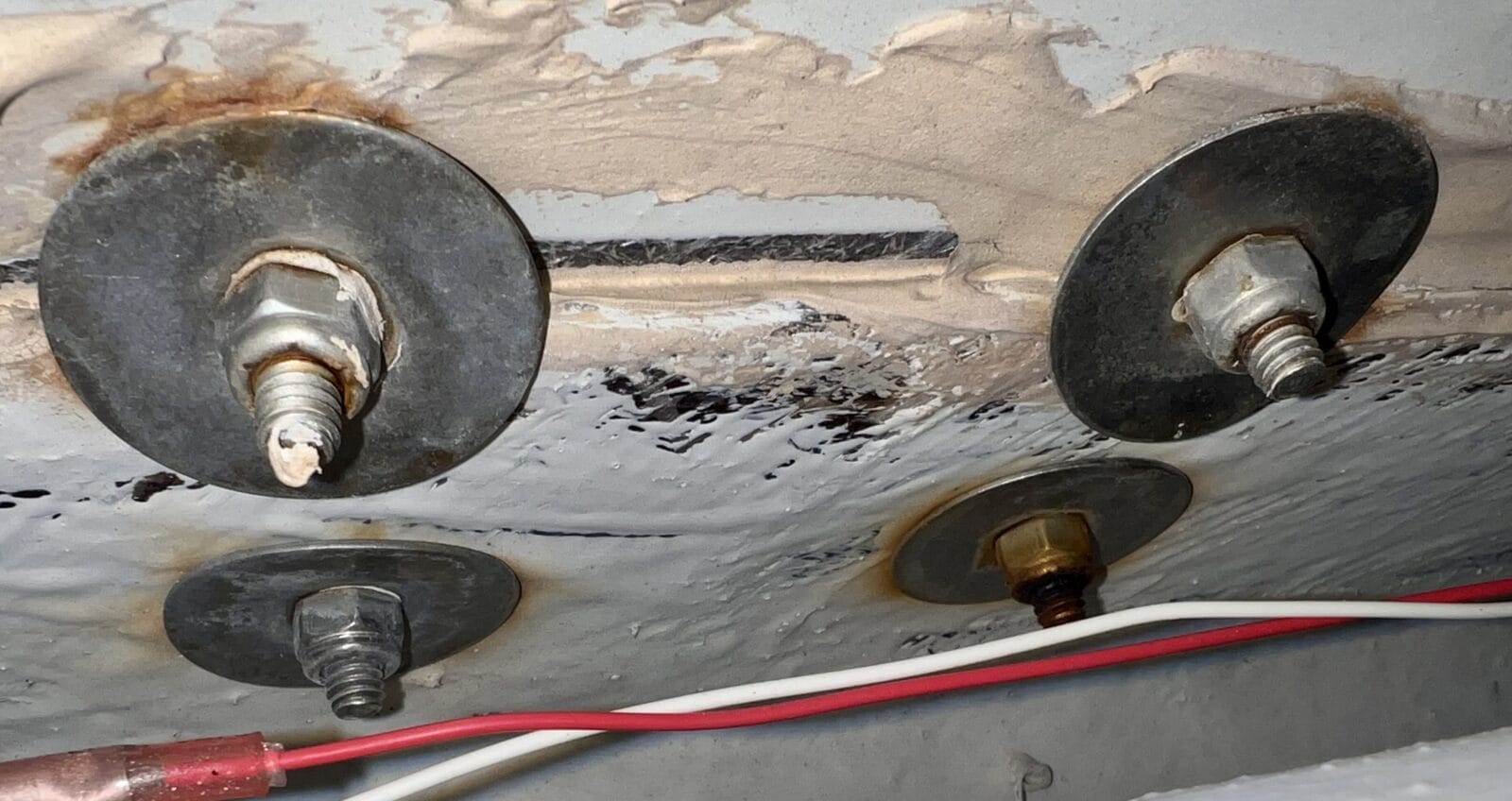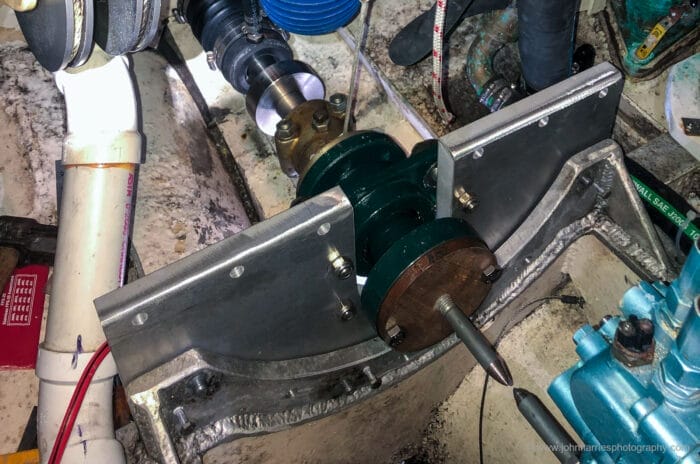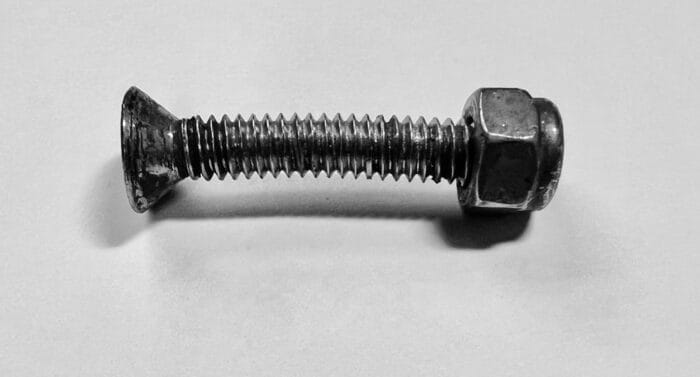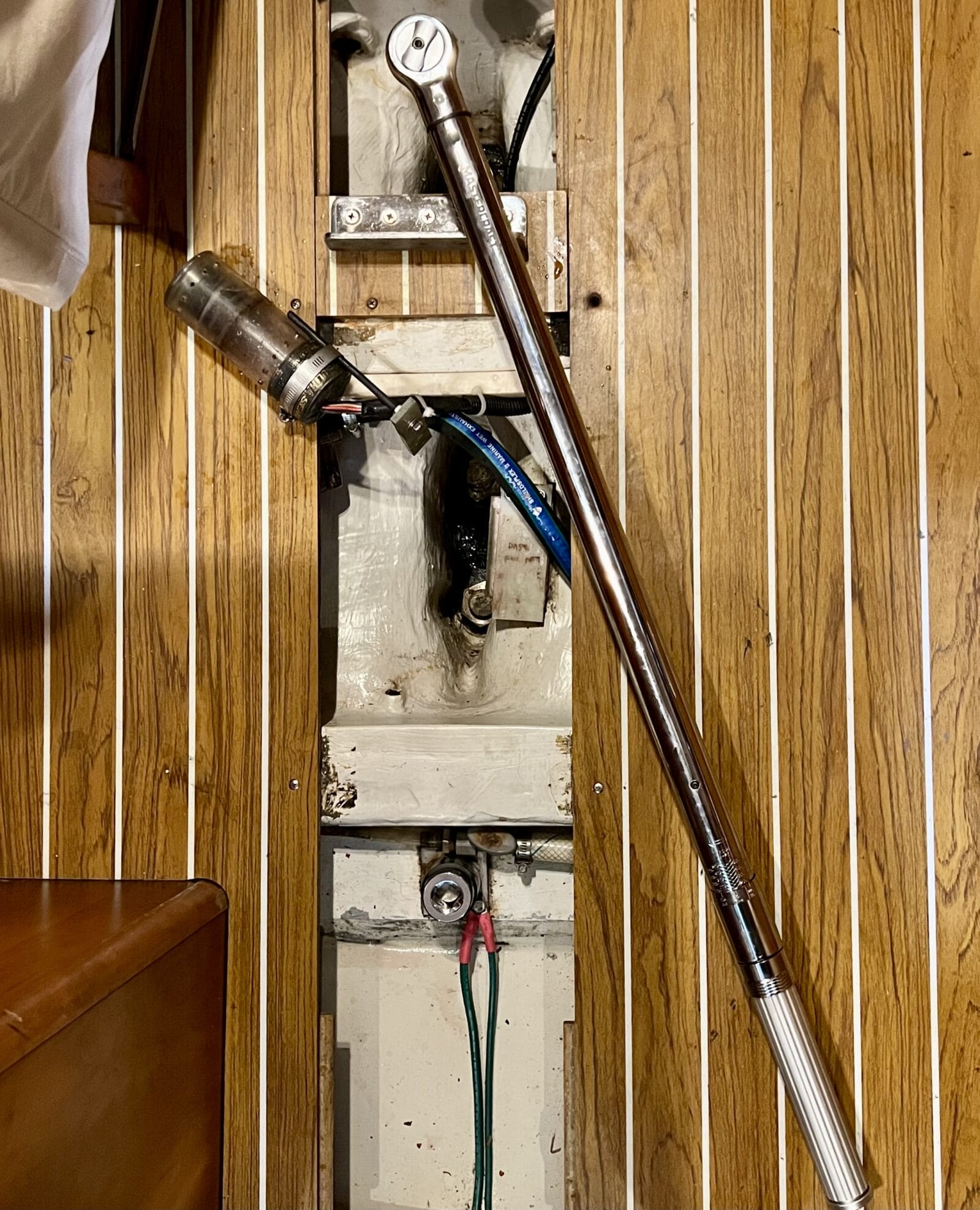
Tips, Tricks & Thoughts:
Maintenance
-
PropSpeed Antifouling Report
13 CommentsReading Time: 2 minutesMembers
-
The Sinking of “Gunga Din”
17 CommentsReading Time: 3 minutesMembers
-
Fender Washers Are Useless
29 CommentsReading Time: 5 minutesMembers
-
The Relationship Between Stiffness and Thickness
10 CommentsReading Time: 2 minutesMembers
-
Backing Plates Must Be Parallel
19 CommentsReading Time: 5 minutesMembers
-
Time To Torque The Keel Bolts
46 CommentsReading Time: 2 minutesMembers
